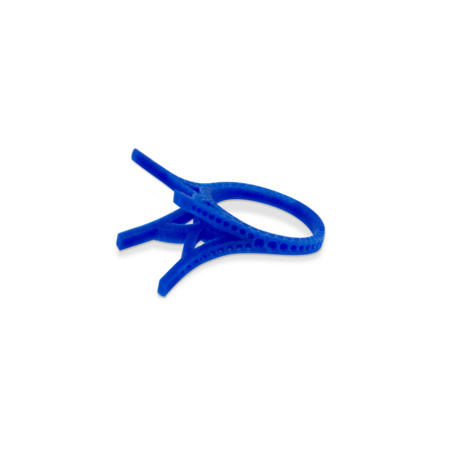Honda Performance Development, Inc. (HPD) is Honda's racing company within North America and is a wholly owned subsidiary of American Honda Motor Co., Inc. Founded in 1993, HPD is the technical operations center for Honda's high-performance racing programs. HPD is the single engine supplier to the Indy Car Series and leases engines for prototype sports car racing in the American Le Mans Series (ALMS) and European Le Mans Series (LMS). HPD employs around 140 people in its 123,000-square-foot building located in Santa Clarita, CA.
In the fall of 2009, HPD started a feasibility and concept study on taking a V6 engine from their production vehicles (the Accord, Pilot and Odyssey engine) to turn it into a race engine. In March of 2010, the concept became the Honda Racing 2.8 liter twin-turbo (HR28TT) engine project. Honda had just 11 months to design, develop, test and refine the engine before its first race at which time - per racing guidelines - the engine designs are frozen for the entire race season. So Honda essentially had only 11 months to make the HR28TT perfect. HPD already had a 3D printer from 3D Systems which they use to design and test plastic prototype components so they decided to acquire a ProJet™ MJP CPX 3D printer to help them meet the aggressive engine schedule for the HR28TT project. The machine was purchased to allow HPD to change designs on the fly, deliver metal parts faster and to eliminate the need to limit designs due to traditional manufacturing methods.
Upon the completion of part design, the ProJet MJP CPX printed wax parts within two days. The wax patterns were then sent to a local foundry to be investment cast and HPD had their metal parts back in-house within 2 to 3 weeks. The following 5 components of the HR25TT motor were produced using this method; right and left exhaust manifold, right and left rocker arm housing and the oil filter housing.
In the final analysis, HPD's HR28TT engine project was a complete success; their engines are reliable and meet the racing community's expectations and requirements. HPD's use of the Multi Jet Printer allowed them to decrease up to two weeks of design time by eliminating the need to incorporate draft and remove any undercuts on the components - an absolute requirement for traditional methods. Manufacturing time was reduced because there was no need to create injection wax tools to produce the master patterns for the local foundry. And lastly, they could make design changes and start testing in an average of four weeks versus eight weeks when using other manufacturing methods. This improvement alone allowed almost twice as many improvements to be incorporated into the design. HPD is now using ProJet MJP CPX RealWax parts for all of its new engine projects.
